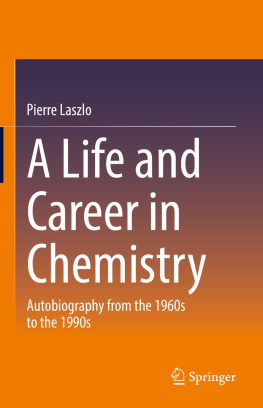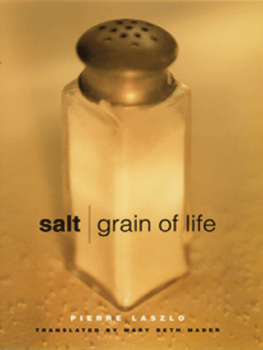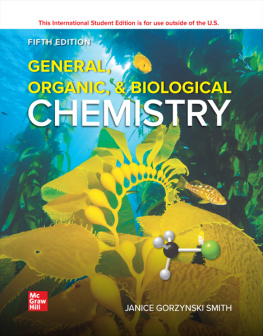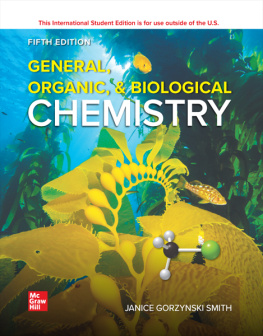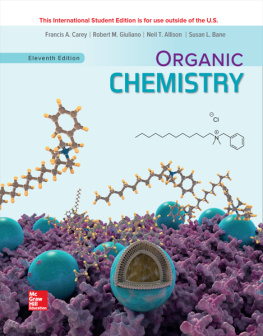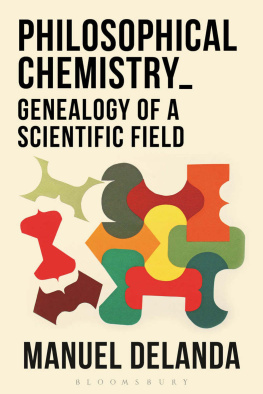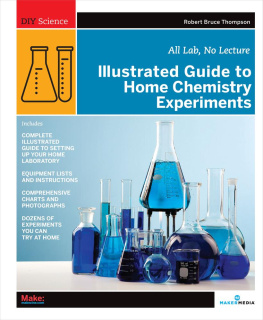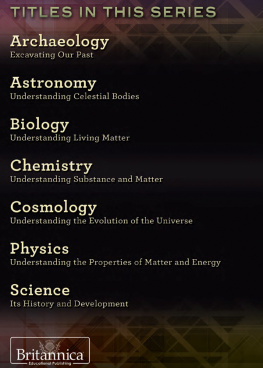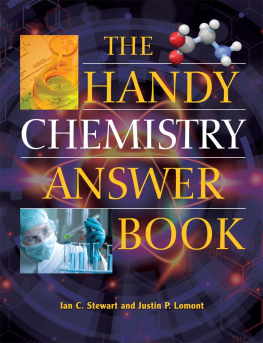Pierre Laszlo
Snergues, France
ISBN 978-3-030-82392-4 e-ISBN 978-3-030-82393-1
https://doi.org/10.1007/978-3-030-82393-1
The Editor(s) (if applicable) and The Author(s), under exclusive license to Springer Nature Switzerland AG 2021
This work is subject to copyright. All rights are solely and exclusively licensed by the Publisher, whether the whole or part of the material is concerned, specifically the rights of translation, reprinting, reuse of illustrations, recitation, broadcasting, reproduction on microfilms or in any other physical way, and transmission or information storage and retrieval, electronic adaptation, computer software, or by similar or dissimilar methodology now known or hereafter developed.
The use of general descriptive names, registered names, trademarks, service marks, etc. in this publication does not imply, even in the absence of a specific statement, that such names are exempt from the relevant protective laws and regulations and therefore free for general use.
The publisher, the authors and the editors are safe to assume that the advice and information in this book are believed to be true and accurate at the date of publication. Neither the publisher nor the authors or the editors give a warranty, expressed or implied, with respect to the material contained herein or for any errors or omissions that may have been made. The publisher remains neutral with regard to jurisdictional claims in published maps and institutional affiliations.
This Springer imprint is published by the registered company Springer Nature Switzerland AG
The registered company address is: Gewerbestrasse 11, 6330 Cham, Switzerland
Introduction
Amateurs of baroque music keenly hear the difference between an ancient harpsichord and a modern instrument, even when the latter is a reconstitution. Richness of tone makes the difference between the old and the new. Why are we, the self-labeled sophisticate moderns, unable to match the prowess of yesteryear? In short, because the tone of an instrument is a multiparameter feat. Harpsichords are based on plucking strings. A plectrum activates each individual string. The plucking submits to a wealth of parameters: in addition to strong or weak, the plectrum can hold on to the string, roll, twist and turn, bite, scratch, whip it, all variants that contribute to the tone.
The analogy is to the historian, whose position is akin to that of the modern instrument builder. He or she is unable to recapture the rich tone of the past, in its many-stranded fabric. The task resembles hauling water with a basket, to use a cruder metaphor.
Far from an ego-boosting adventure, this book is meant primarily for future historians of twentieth-century chemistry. They will be able to peruse it, not necessarily for the ostensible information about my times, more efficiently for implicit and revealing tidbits. And that is the value of this unjustly decried genre, the autobiography.
I submit mine in a spirit of modesty, not self-deprecation. I wrote it because the reading of autobiographies of scientists was an important part of my education and of espousing scientific research as my career, instead of other endeavors that were equally tempting, literature foremost. Which autobiographies?
I will cite only these: Benjamin Franklins, Pierre-Gilles de Genness, Benot Mandelbrots, Laurent Schwartzs, and Jacques Friedels. From each, I learned the virtue of being different and forging ahead.
In addition, prior to engaging in this exercise in frankness and memorization, I worked on portrait-drawing in words. At the time of writing, the early summer of 2020, I have penned and published the portraits of nearly 70 alumni of the French cole polytechnique, all of whom had their training in the sciences and some of whom became scientists themselves.
How then can a single person help to preserve bits and pieces of the past? By contributing a tone of voice, maybe. Not shying away from ones singularity. Describing ones sights, encounters, and experiences.
Thus, I submit that personal histories may guide science history. By heeding such an axiomatic precept, I feel very much a product of my time, of the sixties when I became a member of the scientific communitya notion also from that time and worth reexamining. An injunction from that period was to make a contribution. Which is exactly what this book will strive for.
A feature of the sixties appealed to me and thus may feature predominantly in this memoir. An epistemology of combinatorials, which applied to both linguistics and chemistryI will only mention at this point my published suggestion to teach chemistry as a language, which would help to tackle the exponential accumulation of chemical knowledge during the last century.
Why bother writing an autobiography? Assuredly not for self-glorification: science has lavished on me all kinds of rewards; I do not have a need to add to them. A more lasting note is to pass on the experience of rising to a variety of challenges. My take on the autobiographical foray is to stress the personal, in my case the permanent tension between science and the humanities, between chemistry and literary studies, between Hephaistos and Athenato put it under the aegis of Greek gods. Let me note in passing, a point I probably will not have the time and space to elaborate further, the absurdity of keeping separate histories of art and of science. Regarding the latter, I witnessed the changing of the guard: a switch rather than a mere shift. In the past, historians of science had a dual training in science and in history. Double doctorates were not unusual. Such an exacting training has now been jettisoned. History of science has undergone a takeover by sociologists, some of whom are dropouts from scientific studies, even sometimes scientiphobes who blame science on the fallout from technologythe term technoscience is revealingthus putting in the same disposable bag two developments characteristic of the past century, advancement of knowledge and consumerism. Which is axiologically wrong, akin to blaming philosophy for the political ills of todays world.
Why do we need history of science? What is good about it? The advancement of knowledge, far from being linear (Whig historiography), is replete with twists and turns. New departures are the norm. They originate from ideas, hence from people: yes, I am an idealist; Plato had it right. To chronicle these abrupt changes is the task of the science historian. The reward is archival work, very tedious as a rule but relieved by occasional bursts of life, which suddenly spring at you from yellowed documents.

